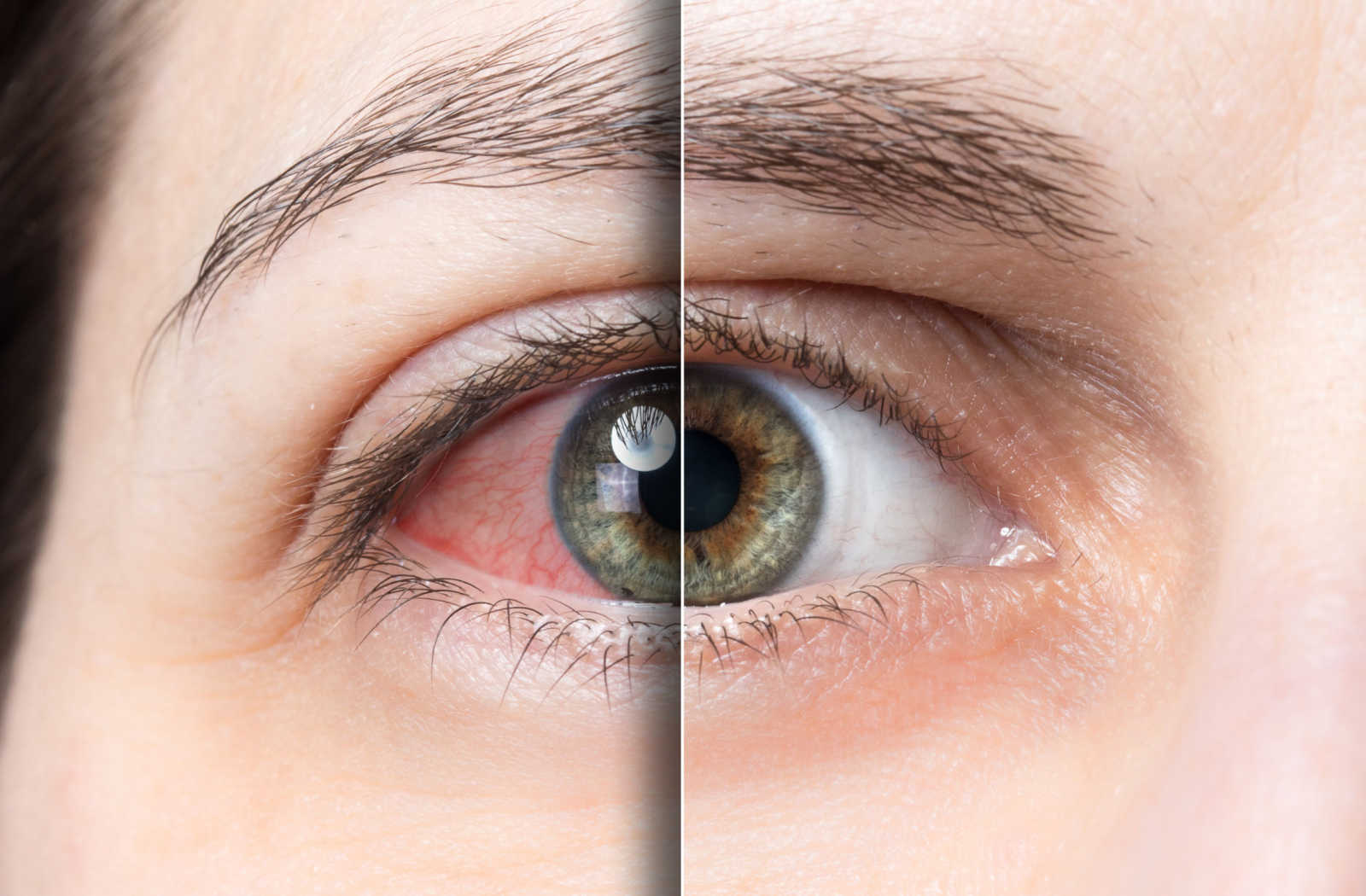Dry eye and allergies are common eye problems. If you’ve ever typed your symptoms in a search engine, you’ve likely noticed similarities between these conditions. So, is the link more than a coincidence, or can allergies lead to dry eye?
Unfortunately, allergies can contribute to dry eye. But the conditions are different. Knowing the difference can help you manage your eye health and prevent worsening symptoms.
What Is Dry Eye?
Dry eye is a chronic condition occurring when the eye’s surface receives poor-quality tears. You may even experience watery eyes, but your eyes still feel dry or irritated.
Your tears need more than water to nourish the eye’s surface, including electrolytes, enzymes, and lipids. Unfortunately, poor quality tears can evaporate too quickly, like a drop of water on hot pavement. It can also prevent tears from spreading evenly, resulting in dry spots.
If you have dry eyes, you’ll likely experience the following:
- Burning or stinging eyes
- Gritty or scratchy eyes
- Excessive watering
- Feeling like you have something in your eyes
- Light sensitivity or blurred vision
- Redness or irritation
- Stringy mucus in the corner of your eyes
You may experience only a few or several symptoms. You may even experience changing symptoms. Whatever you’re feeling or seeing, it can be challenging to navigate daily life when your eyes feel uncomfortable regularly.

Telling Apart Allergies & Dry Eye
Dry eye and allergies can share multiple symptoms, so it can be challenging to determine which is which based on how your eyes feel. However, there are also a few common differences.
Eye allergies or allergic conjunctivitis (a noncontagious form of pink eye) occur because of allergens. You experience symptoms because your body overreacts to contact with a foreign substance. Common allergens include pollen, dust mites, animal hair, and drugs.
Both allergies and dry eye can cause:
- Burning
- Dry eyes
- Irritation or redness
- Light sensitivity
- Watery eyes
But eye allergies can cause swelling, including adding puffy circles under your eyes. You can also experience additional allergic reactions, like a runny nose, congestion, or sneezing. Although allergies typically affect both eyes, you can experience symptoms in one eye.
Removing or avoiding allergens will stop eye allergy symptoms. Unfortunately, getting away from pollen, dust, and common allergens can be challenging, whether indoors or outdoors.
You may suffer from seasonal allergies or all-year-round symptoms. When your eyes are irritated and swollen, more often than not, it can interrupt tear production. As a result, you may experience corneal scarring from repeated rubbing, or your tear glands may be blocked from swelling. You have an increased risk of dry eye without relief from your allergy symptoms.
Unless you have additional symptoms, like puffy eyes or a runny nose, telling apart eye allergies from dry eye is difficult. However, an eye exam can help optometrists look closer at your eye health to determine the cause and implement appropriate treatment.



